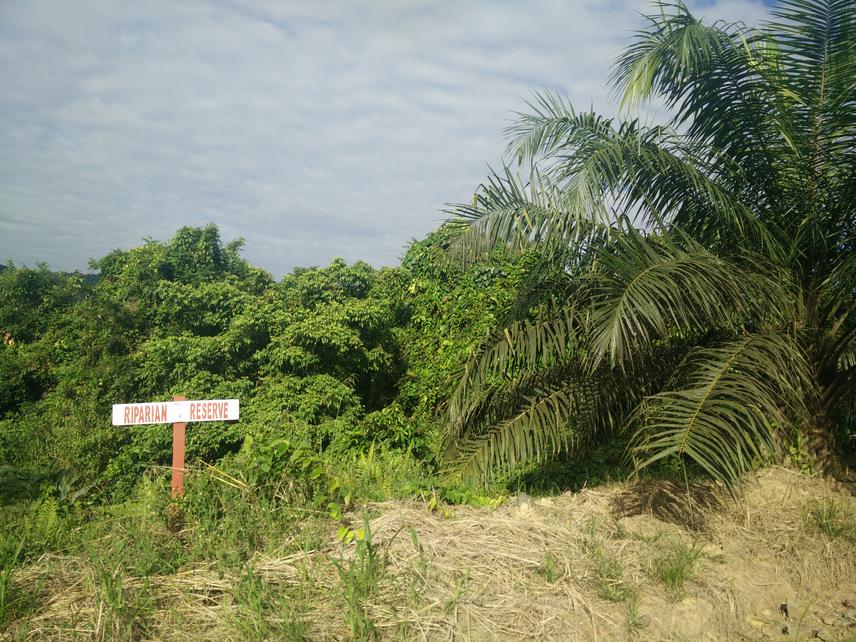Darshanaa Chellaiah
To identify the impacts of monoculture Oil palm and Acacia plantations on stream ecosystem structure and function in terms of litter decomposition rates, water chemistry and decomposer communities.

Southeast Asia is undergoing extensive conversion of natural forests into exotic monoculture plantations, particularly oil palm (Elaeis guineensis). Converting forests into monoculture plantations adversely affects our ecosystems as complex forests that are self-generating and rich in biodiversity are replaced by single species plantations cultivated with an even age class and uniform planting density. As a consequence there are rapid losses of biodiversity and ecosystem services through the loss of forest habitat as the development of plantations involves enormous clearing of land, construction of roads and drainage networks, and sometimes earthworks such as terracing on undulating areas. Most of these replacements occur throughout the lowlands and hills of Indonesia and Malaysia in catchments drained by forest streams. In low order freshwater streams, the majority of energy input is through the detrital pathways undergone by allochthonous material in the form of coarse organic matter (OM) from the riparian vegetation, making OM decomposition a vital ecosystem process integral to the trophic dynamics of freshwater ecosystems. As such, rates of OM decomposition complemented with other functional measures such as biological community structure (decomposer community), whole-ecosystem metabolism, nutrient spiraling or primary production can provide a measure to stream ecosystem function and health. When forests are converted into monoculture plantations, environmental conditions in freshwater streams are impacted significantly by the removal of native riparian vegetation, detrital input alterations, soil erosion, changes to stream bank and bed dynamics and the use of agro-chemicals.
To mitigate the impacts of land use activities on aquatic ecosystems, riparian buffer zones along stream and river banks are widely advocated as an effective environmental management tool. However, there is currently little evidence from tropical regions about the effectiveness of riparian buffer zones for conserving freshwater biodiversity and ecosystem function in monoculture oil palm plantation streams. This, in addition to the general shortfall of information on tropical freshwater's and conversion into monoculture oil palm plantations on tropical aquatic ecosystems potentially mean there are tremendous environmental impacts that are going unnoticed. Therefore, it is important to identify how different buffer zones in monoculture oil palm plantations can affect tropical stream ecosystem functioning in terms of litter decomposition and whether rates of decomposition will depend on type of native forests, tree diversity in native forest and plantations, types of buffer zone, extent of buffer zone, type of aquatic community that is involved in litter processing, leaf species, availability of dissolved nutrients and water temperature and so on which may severely impact ecological services provided by these streams such as clean water and high biodiversity. This also enables an understanding of how stream energy budgets/ carbon-transformation budgets are affected by these factors.